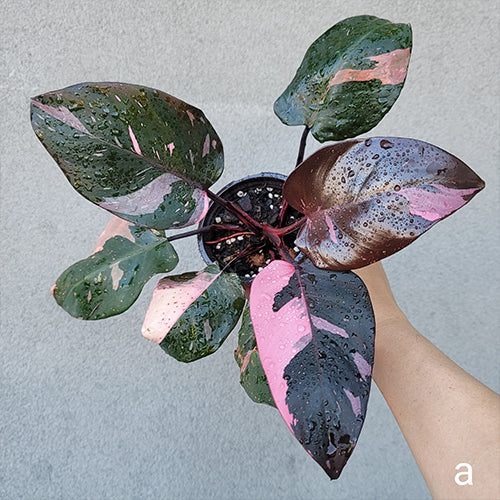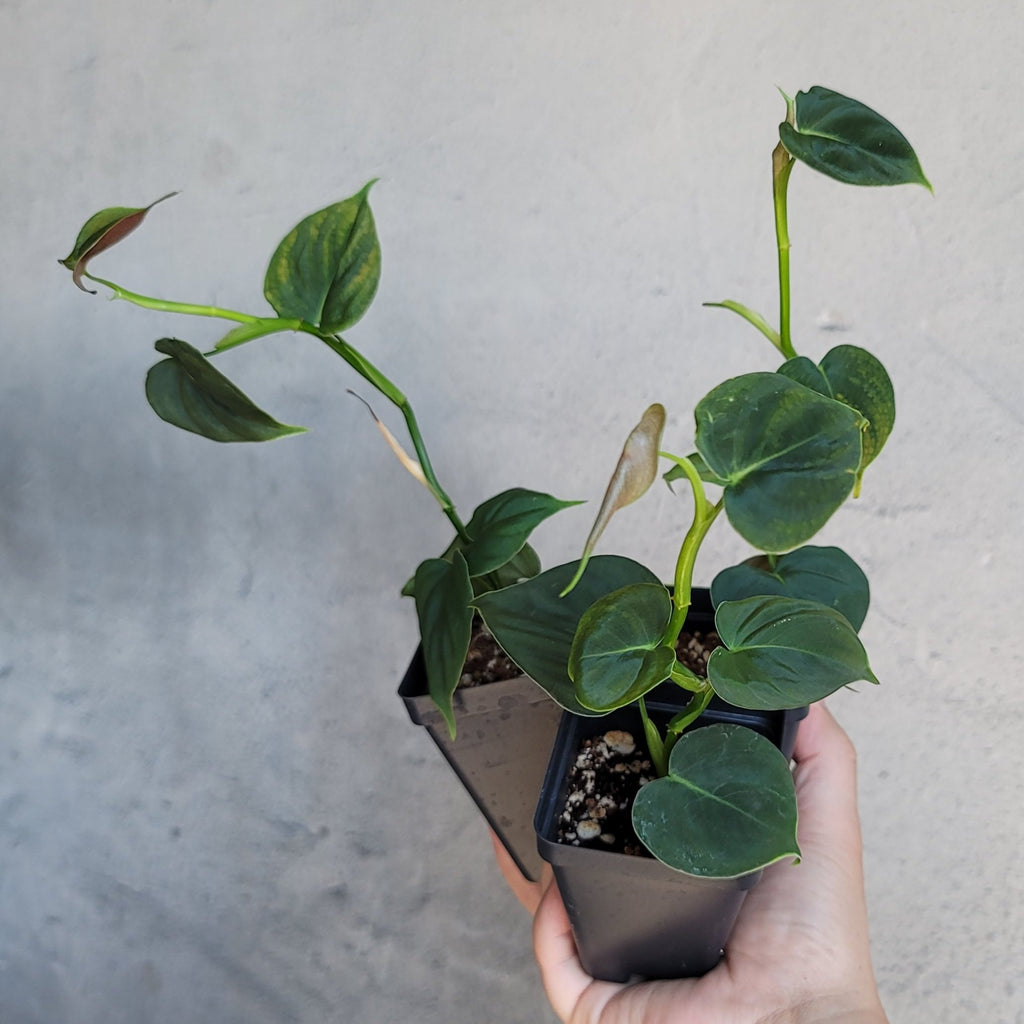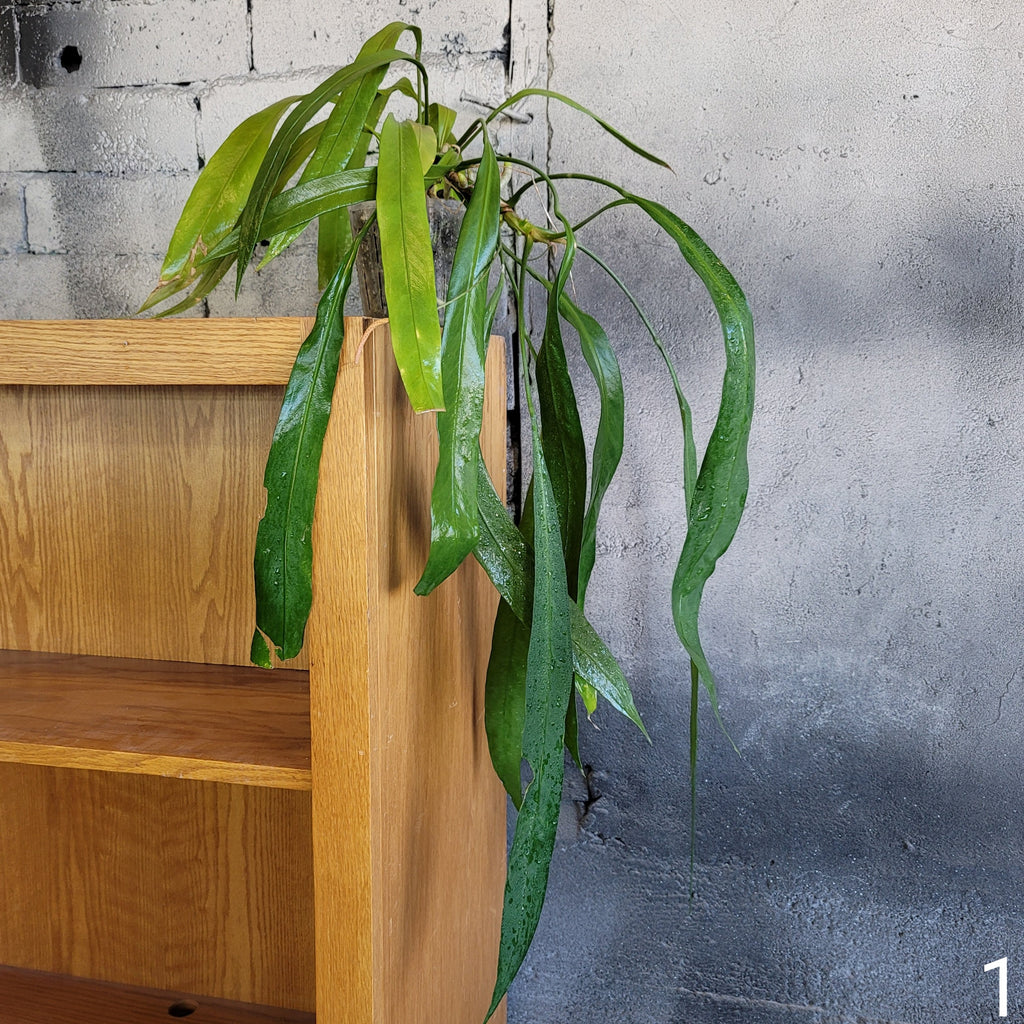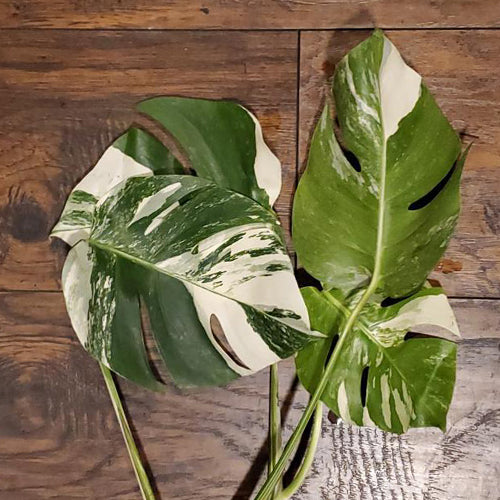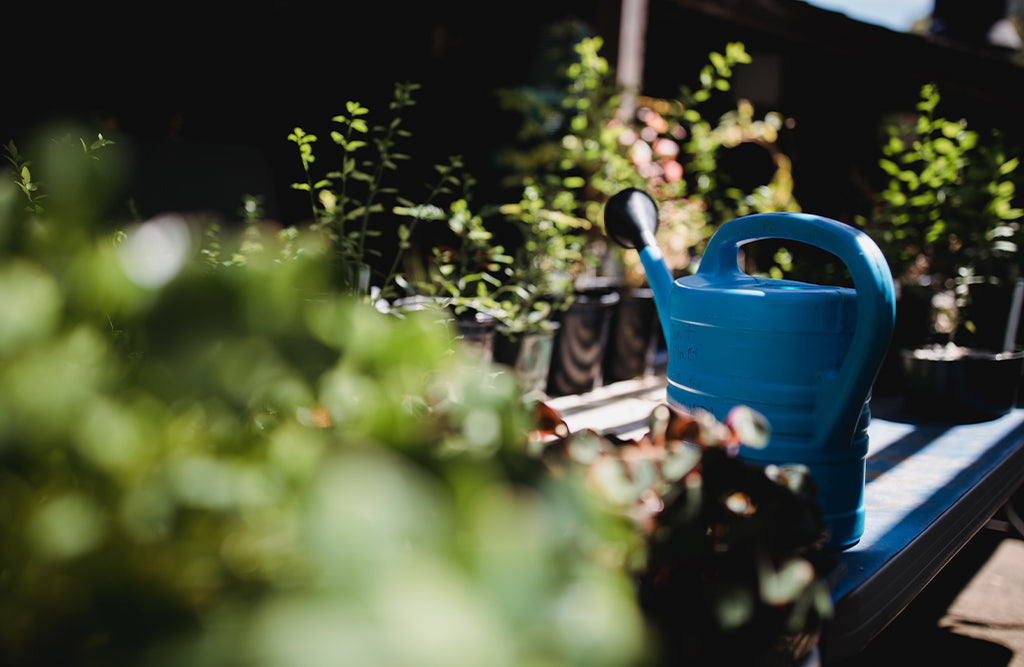
How Not To Overwater Plants And The First Tell-Tale Signs

Plant owners often accidentally overwater plants due to being too caring. You want to give your plants only the best after all. Despite your best effort, however, they appear to be sickly and dying instead of thriving.
You might be completely baffled, but sometimes our plants need us to care a little less.
Read on if you want to know more about how to properly water your plants and what to do if you’ve accidentally overwatered one.
How Not To Overwater Plants
A lot of plants come with instructions that tell you to prevent the soil from drying out, but most of them don’t tell you how to do this without killing your plant due to overwatering. Fortunately, there is a very simple way to prevent overwatering from the start. It is called the finger test.
To use the finger test you simply stick your finger about one inch (2.5cm) into the soil and feel for moisture. If the soil feels damp, you can wait another day before repeating this test. If the soil feels dry, you can safely water your plant. Another option is to use special equipment to measure the moisture in your soil.
Another way to not overwater plants is to make sure that your plant is rooted in well-draining soil. If the soil prevents water from collecting around the roots, your plant is less likely to drown despite the large amount of water you’ve given it.
You also need to make sure the pot you use allows water to drain freely from the bottom. This will prevent your plant from standing in water for long periods. Make sure to remove any standing water after half an hour if you’re using a tray.
Experts also suggest watering your plant in the morning. By doing so you give the soil ample time to dry out during the day. If you water at night, the water will be standing around for a while potentially drowning your plants.
The Tell-Tale Signs That Appear When You Overwater Plants
Plants can be quite expressive even though they can’t talk. If you pay attention, you will quickly see if something is wrong. Just like with other problems, there are usually some signs that appear when you overwater plants. These signs are:
Yellow or brown discoloration on the leaves
One of the first signs of overwatering is the discoloration of the leaves. This has nothing to do with the season and can happen to new and old leaves. Usually, you should be able to easily save your plant if you notice this sign.
Start by checking the soil to make sure overwatering is the real culprit here. Along with yellowing leaves, you may also notice a decline in plant growth.
Wilting leaves
If you notice your plant’s leaves wilting, the first thing you need to do is check the soil. Wilting leaves occur when the roots of your plant have gotten damaged due to under-or overwatering. Most people see wilting leaves and immediately jump to the conclusion that their plant needs more water, that is a dangerous assumption to make since they will also wilt if overwatered.
If you check the soil and notice that your plant is wilting despite having ample moisture, you might have been unintentionally overwatering your plants. To prevent this problem, make sure to check the soil before you water. The first inch (2.5cm) of soil needs to be dry before you water again.
Falling leaves
If your plant is not deciduous and losing leaves or if your deciduous plant loses its leaves out of season or unusually fast, you might have overwatered your plant. Falling leaves include both new and old leaves and they can fall while they are still green, just turning yellow or once they are already brown.
In overwatered plants, the falling leaves will feel soft and squishy instead of hard and crunchy like you would expect from underwatered plants. The plant may also start to lose all its leaves at once or overnight.
Mold
Mold is one of the most obvious signs of overwatering, but unfortunately, by the time you notice mold, your plant would already have suffered quite a bit and may be very hard to save. Mold can appear on your plant’s leaves, stems, and soil. It is often accompanied by a rotting smell due to the damaged roots decomposing.
Bacterial growth
The most common sign of a bacterial infection due to overwatering is brown spots on the leaves with a yellow edge. Once it gets to this stage, it is very difficult to save the plant..
Edema
When a plant gets overwatered, it tries to absorb as much water as possible. Unfortunately, it can only take that much. The cells of the plant will start to swell and can be filled to the point of rupturing. This damages your plant to a noticeable extent.
Look for blisters or lesions on your plant if you suspect overwatering. If it’s been going on for a while the lesions may turn into tan, brown, or even white wart-like growths as the plant tries to recover. Another sign you can look out for is an indentation on the top of leave surfaces close to or near the lesion site.
Mushy plant base
One of the most obvious signs of overwatering is a mushy plant base. The plant will be unstable and easy to break just above the soil surface due to rotting. A mushy base may come with a horrible smell as the plant starts to decompose.
Saving Overwatered Plants
If you want to save your overwatered plants, you will first need to determine how badly they’ve been affected. If you’ve caught the problem early, saving your plant is as simple as watering it properly, but if the situation has gotten a little out of hand, you’ll have to work a lot harder to save your plant. Here are a few tips and tricks you can try to attempt a plant rescue.
-
Identify the problem
Under and overwatering have very similar signs, but the remedy is completely different. To determine which problem affects your plants, check the soil. If the soil is dry and crumbling, your plant is in dire need of some moisture. On the other hand, if the soil is dark and moist, but you still have a wilting plant, your plant has been severely overwatered.
-
Move the affected plant to a shady area
Moving the plant to a shady area helps to reduce some of its stress, even if it is a full sun plant. You can move it back to its full sun location after it starts recovering.
- Prune away dead or dying leaves
After you’ve moved the plant, cut away any dead or dying parts of the plant such as leaves and rotting stems. Doing so gives the healthy part of the plant a better chance of recovery.
-
Prune any dead or dying roots
Roots that are dead or dying can spread diseases to healthy roots and create the perfect environment for bacteria and fungi to grow. It is best to trim away any affected roots and only keep the healthy ones. Doing so will stop or at least slow the spread of disease to the rest of your plant.
-
Repot the plant
It is always a good idea to give an overwatered plant a fresh start in new soil. The old soil may have become a breeding ground for bacteria and mold. Repotting will also give you a chance to trim any sick roots.
Create a mixture of equal amounts of potting soil, perlite, and sphagnum moss to create a light soil mixture that drains well but still retains some moisture. This mixture will give your plant’s roots some room to breathe and recover. Don’t add any fertilizer to the mix until your plant has fully recovered. Make sure the pot you use has drainage holes.
-
Treat with a fungicide
It is always a good idea to treat your affected plant with some fungicide after an overwatering episode. There is no guarantee that your plant will recover. All you can do is help it the best you can and wait patiently.
-
Water properly
To give your affected plant the best chance to recover, you will need a proper watering schedule. You can test the wetness of the soil by sticking your finger about one inch (2.5cm) into it. If it feels moist, you can skip watering today. If it feels and looks dry, you can water your plant until the water starts to drain from the drainage zone at the bottom of your pot. Don’t allow your plant to stand in water. For this reason, also avoid watering at night.
You’ve now done all you can to correct the amount of water your plant is getting and done all you could to help it recover. All you can do now is wait patiently. It can take a very long time for your plant to recover, especially if it was very badly affected.
Don’t beat yourself up if your plant doesn’t make it. Rather learn from your mistakes and try again. You most likely won’t overwater plants again. Having a green thumb is a learned skill after all.

